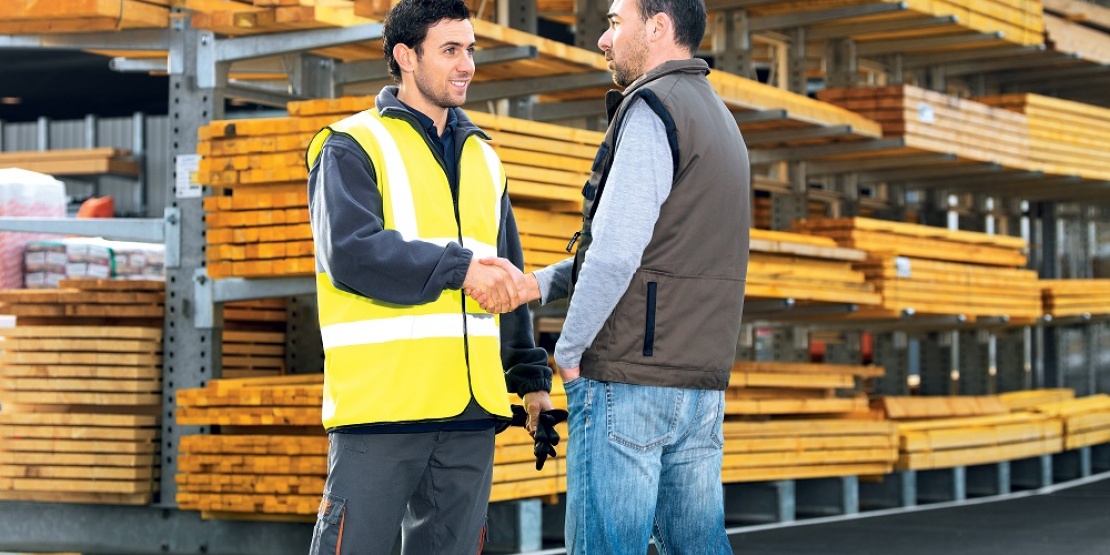To improve its operational efficiency, Saint-Gobain has decided to optimise its tail spend procurement, and in particular its rogue buying, at the global scale. A sizeable challenge for this multinational that operates in 67 countries, with nearly 1,000 manufacturing sites and 4,100 sales outlets around the world. MRO Global Category Purchasing Manager Alain Minvielle, in charge of the project, spells out the details.
The issue of Tail spend
By definition, tail spend are hard to keep under control as they concern a wide variety of items, but with low rates of recurrence. They are rarely managed by procurement departments and are therefore scattered around the company as separate purchases.
At Saint-Gobain, tail spend represent:
- 60% to 75% of suppliers
- Low order amounts: less than €200
- Very high administrative costs.
In response to this observation, the world leader in the habitat market has decided to optimise its tail spend.
Reducing rogue buying: 4 key objectives
Saint-Gobain aims primarily to:
- Reduce administrative costs by diminishing the number of suppliers and orders while increasing the amount of each order
- Improve productivity by automating the order handling process, dematerialising flows, and reducing inventory
- Enable buyers to focus on higher value-added tasks
- Make savings.
Rationalising Tail spend in 3 phases
To ensure success in this large-scale project, Alain Minvielle is following a precise calendar:
1. Identification of needs
It is essential to begin by consulting the buyers and technicians in order to define their needs. These data must then be consolidated at site level, country level, etc., and segmented by purchasing category and by manufacturer, with a view to rationalisation and bulk procurement.
2. Selection of suppliers
To rationalise its supplier portfolio, Saint-Gobain applies specific criteria:
- The company’s corporate social responsibility
- The breadth of the range that meets the defined needs
- Its geographic scope
- The reputation of the suppliers in that geographic area
- The ability to implement electronic catalogues
- A strong innovation culture.
Manutan, having met these conditions, has been selected in the industrial supplies category.
3. Invitations to tender
The main sites are informed about invitations to tender and can take part in negotiations. Price is not the only criterion of selection: the total cost of ownership (TCO) is also taken into consideration.
The decisive step: the rollout of contracts
Initially, the rollout strategy and action plans are defined at the kick-off meeting between Saint-Gobain and its suppliers. This is where the contact persons (at Saint-Gobain and at the suppliers) are identified for each country, and the priorities are defined per country or per site, along with revenue growth targets, the rollout calendar, and so on.
Periodic update meetings are planned between the buyer in charge of the product category concerned and the supplier, in order to review the various key performance indicators (KPIs) (share of digital purchases, number of conventional orders and e-catalogue orders, average order value, etc.).
At a later date, Saint-Gobain rolls out framework contracts in 3 stages:
- Communicating internally on KPIs, success stories and good practices via personalised newsletters
- Supporting sites with visits, training and workshops to present the framework agreements and raise awareness about admin costs, etc.
- Promoting suppliers by organising meetings with local buyers to explain their added value and elicit buy-in.
E-commerce specialists like Amazon or Alibaba are growing at incredible speed. But, putting aside their competitive prices and effective logistics, do they meet the main criteria for an ideal supplier? As Jean-Louis Beffa, now honorary Chairman of Saint-Gobain, once predicted: large corporations must "transform or die". For suppliers, says Alain Minvielle, that means differentiating from pure logistics players by:
- Offering local, personalised services
- Maintaining an optimal order fill rate
- Making e-commerce the priority channel
- Giving customers added value.
€39.1bn
More than 170,000 employees, representing over 100 nationalities
Present in 67 countries
Nearly 4,100 sales outlets
Founded over 350 years ago
Over 80% of sales revenue is from the habitat market: new build, renovation, infrastructures and civil engineering
A global top 100 manufacturing group, with approx. 950 production sites.








